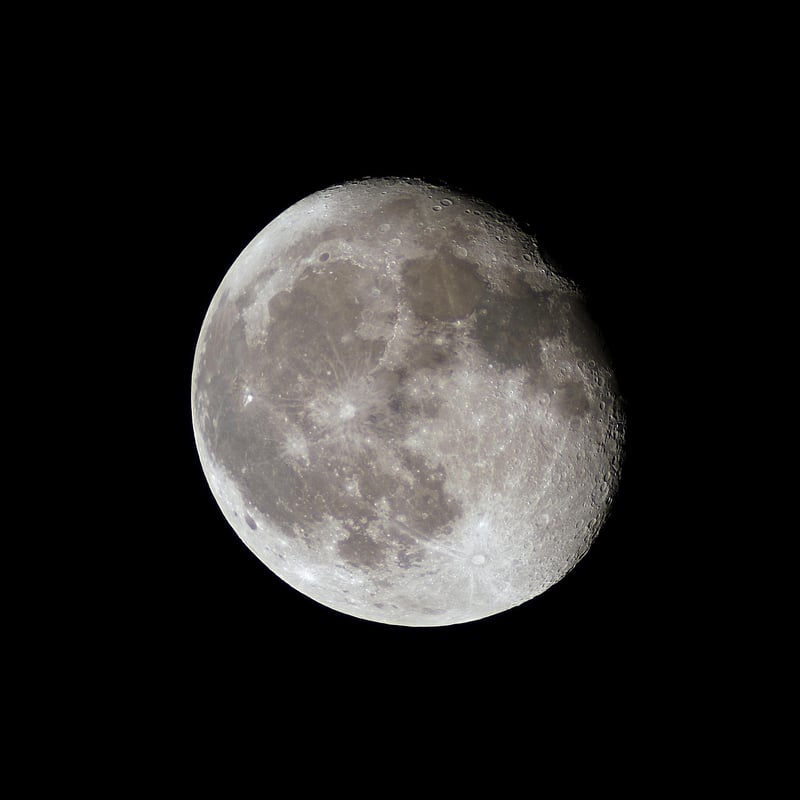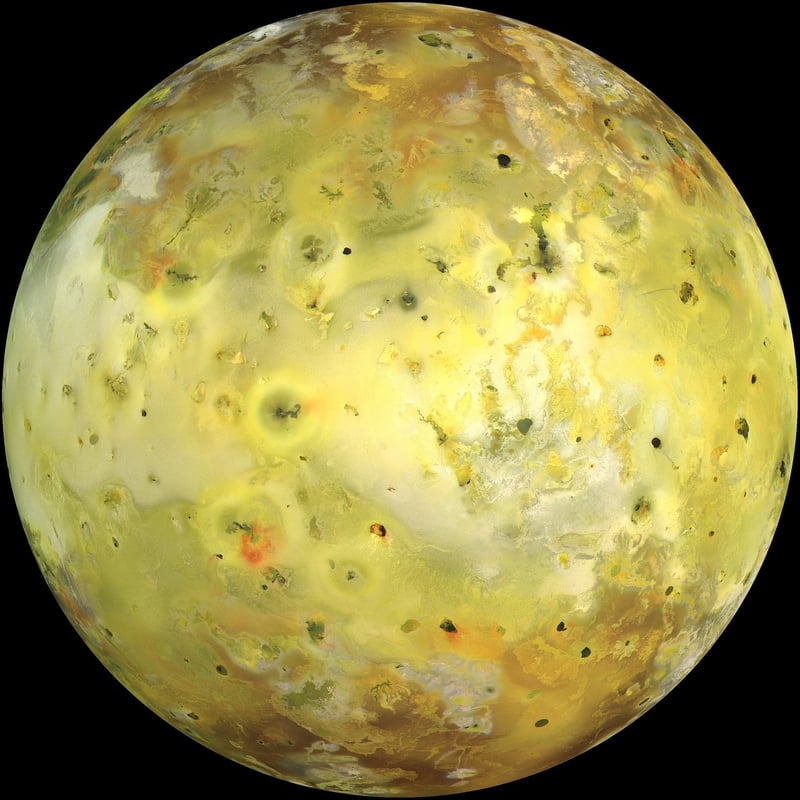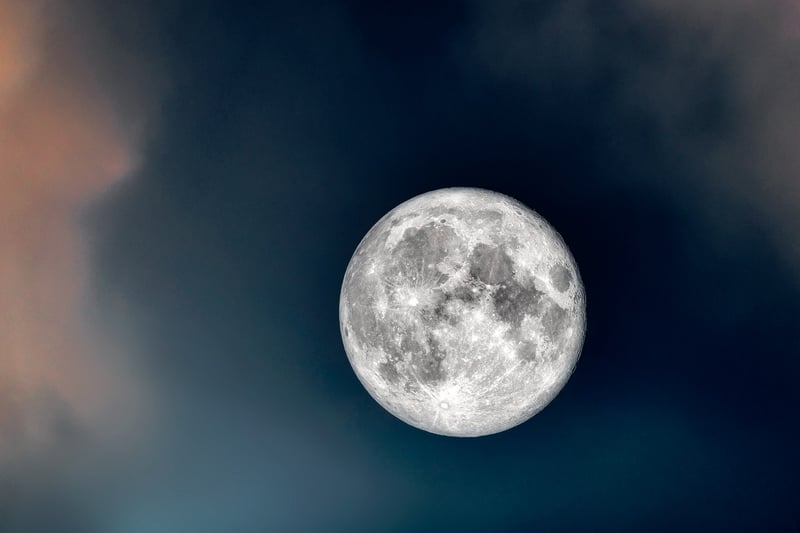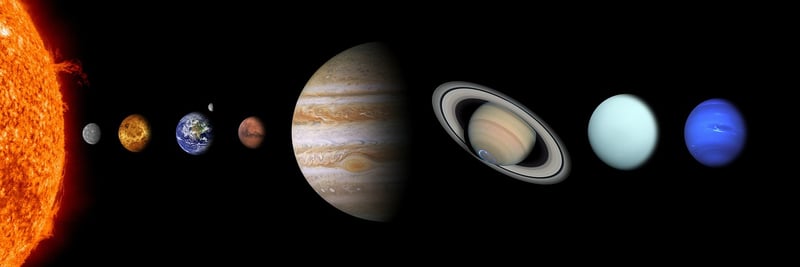Satellite Expeditions
Exploring Moons: Satellite Expeditions
Moons, those fascinating celestial bodies that orbit planets, have always captured the imagination of humanity. Over the years, numerous satellite missions have been launched to study these moons up close, uncovering their mysteries and revealing their unique features. Let's delve into some of the most renowned satellite expeditions that have explored these captivating moons.
1. Cassini-Huygens Mission to Saturn's Moon Titan

The Cassini-Huygens mission, a collaboration between NASA, the European Space Agency (ESA), and the Italian Space Agency, provided unprecedented insights into Saturn and its moons. The Huygens probe, part of the mission, successfully landed on Titan, Saturn's largest moon, in 2005. It revealed a world with lakes, rivers, and rain, resembling Earth in some ways.
2. Galileo Mission to Jupiter's Moon Europa

The Galileo spacecraft, launched by NASA in 1989, extensively studied Jupiter and its moons. Europa, one of Jupiter's moons, has long been of interest due to its potential subsurface ocean. Galileo's observations suggested the presence of a global ocean beneath Europa's icy crust, making it a prime target in the search for extraterrestrial life.
3. Lunar Reconnaissance Orbiter (LRO) Mission to the Moon

Launched by NASA in 2009, the Lunar Reconnaissance Orbiter (LRO) has been instrumental in mapping the Moon's surface in unprecedented detail. It has provided valuable data for future crewed missions to the Moon while also capturing stunning images of lunar landscapes. The LRO continues to orbit the Moon, expanding our understanding of Earth's natural satellite.
4. Juno Mission to Jupiter's Moon Ganymede

While primarily focused on Jupiter itself, NASA's Juno spacecraft had a close flyby of Ganymede, Jupiter's largest moon, in 2021. Ganymede is the only moon in the solar system known to have its own magnetic field. Juno's observations of Ganymede provided valuable data on its magnetosphere, ice shell, and subsurface ocean, enhancing our understanding of this intriguing moon.
These satellite expeditions represent just a fraction of the missions that have ventured into space to study moons across our solar system. With each new discovery, our knowledge of these enigmatic worlds grows, fueling our curiosity and paving the way for future exploration.
